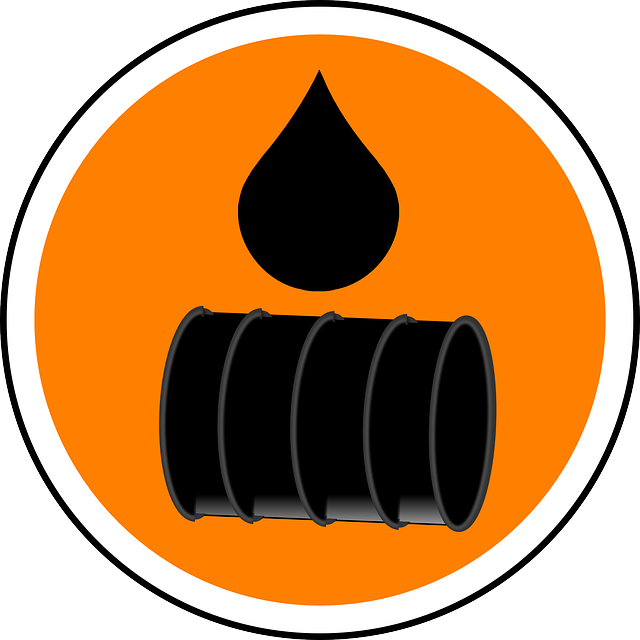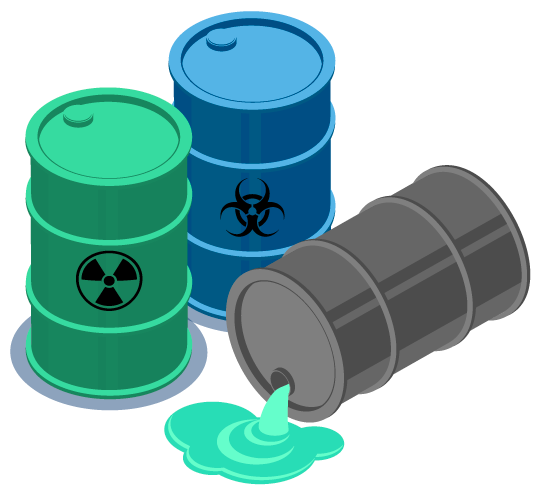Expert Liquid Waste Removal Melbourne: Maintaining Your Atmosphere Clean
Expert Liquid Waste Removal Melbourne: Maintaining Your Atmosphere Clean
Blog Article
Exactly How Liquid Waste Disposal Works: A Thorough Introduction of Methods and Technologies Utilized

Introduction of Fluid Waste Kind
The complexity of liquid waste kinds demands a thorough understanding of their qualities and implications for disposal. Liquid waste can broadly be classified right into several types, consisting of industrial, local, agricultural, and contaminated materials. Each group displays distinct buildings, needing specific management methods to reduce ecological and wellness threats.
Industrial fluid waste stems from manufacturing procedures and often includes a variety of contaminants, such as heavy metals, solvents, and organic compounds. Municipal fluid waste, primarily making up wastewater from houses and commercial facilities, contains organic issue, nutrients, and pathogens (industrial wastewater treatment). Agricultural fluid waste, consisting of drainage from ranches, may have plant foods, pesticides, and pet waste, positioning risks to water top quality and ecological communities
Dangerous fluid waste is identified by its poisoning, sensitivity, or possible to cause damage. Comprehending these varied fluid waste kinds is vital for developing efficient disposal methods and guaranteeing conformity with ecological laws.
Physical Therapy Methods

Screening is the first action, where larger fragments and debris are removed from the liquid waste using displays or grates. This procedure protects downstream devices from damage and guarantees smoother procedure. Adhering to testing, sedimentation uses gravitational force to different solids from liquids. In sedimentation containers, larger particles settle near the bottom, creating a sludge layer, while the made clear fluid can be more dealt with.
Purification is another essential technique that entails passing the liquid via permeable materials, such as sand or membranes, to record smaller bits. This step improves the quality of the liquid, making it appropriate for succeeding therapy procedures.

Chemical Treatment Techniques
Chemical therapy methods are important for effectively handling fluid waste, particularly in attending to liquified and colloidal impurities that physical approaches may not adequately eliminate. These techniques utilize numerous chemical agents to reduce the effects of, speed up, or change harmful substances right into less damaging types.
One typical technique is coagulation and flocculation, where chemicals such as alum or ferric chloride are included in promote the aggregation of suspended fragments. This procedure enhances sedimentation, enabling less complicated elimination of the resulting sludge. Furthermore, web link oxidation processes, employing representatives like chlorine or ozone, are utilized to damage down complex organic compounds and microorganisms, making the waste much safer for discharge or further therapy.
Neutralization is another essential strategy, which adjusts the pH of acidic or alkaline waste streams to neutral levels, protecting against possible damage to downstream systems and the atmosphere. Additionally, progressed oxidation processes (AOPs) utilize mixes of oxidants and ultraviolet light to deteriorate relentless contaminants, attaining a greater degree of therapy effectiveness.
Biological Therapy Processes
Biological therapy processes play an important role in the administration of liquid waste by using microorganisms to break down raw material and decrease pollutant degrees. These procedures can be extensively categorized right into anaerobic and aerobic treatments, each using particular microbial communities to attain reliable waste destruction.
Cardiovascular therapy entails using oxygen to help with the failure of organic materials by germs. This process is frequently implemented in triggered sludge systems, where oygenation tanks provide a conducive atmosphere for microbial development, leading to the oxidation of organic toxins. The resultant biomass can be divided from treated effluent with sedimentation.
On the other hand, anaerobic therapy happens in the absence of oxygen, depending on various bacteria to damage down raw material. This method is especially advantageous for high-strength waste, as it generates biogas, a renewable energy resource, while reducing sludge production. Technologies such as anaerobic digesters are regularly utilized in industrial and community applications.
Both anaerobic and cardio organic treatments not just lessen the ecological effect of liquid waste but likewise help with source recuperation, making them crucial components of lasting waste administration strategies. Their flexibility, efficiency, and effectiveness sustain their prevalent execution across various sectors.
Emerging Technologies in Disposal
Cutting-edge methods to fluid garbage disposal are rapidly evolving, driven by advancements news in modern technology and an enhancing emphasis on sustainability. Amongst these arising modern technologies, membrane bioreactors (MBRs) have actually gained traction for their capacity to incorporate biological treatment with membrane layer purification, causing high-quality effluent that can be recycled in different applications. MBRs make it possible for smaller sized impacts and extra reliable operations contrasted to traditional systems.
An additional promising advancement is the usage of anaerobic food digestion integrated with nutrient recuperation innovations, which not just treats liquid waste however additionally creates biogas and recuperates useful nutrients like nitrogen and phosphorus. This twin benefit boosts source effectiveness and reduces environmental impact.
Additionally, advanced oxidation procedures (AOPs) are being embraced for the destruction of intricate organic toxins. These methods make use of effective oxidants and catalysts to break down pollutants at the molecular level, providing an extremely effective solution for challenging waste streams.
Furthermore, the assimilation of synthetic knowledge and artificial intelligence in waste administration systems is enhancing operational performance and anticipating maintenance, causing decreased expenses and boosted environmental compliance. These innovations mirror a substantial shift in the direction of even more reliable and lasting liquid garbage disposal practices.
Final Thought
To conclude, effective liquid waste disposal necessitates an extensive understanding of numerous methods and innovations. The combination of physical, chemical, and organic therapy approaches ensures the efficient monitoring of diverse click for source waste kinds. Additionally, the introduction of ingenious technologies improves therapy efficacy and promotes sustainability in waste management techniques. By continually progressing these methods, it comes to be feasible to resolve the growing difficulties connected with liquid waste, inevitably contributing to environmental management and source healing.
Fluid waste disposal is a crucial element of environmental management, needing a thorough understanding of different methods and technologies customized to different waste types. Fluid waste can broadly be categorized into numerous types, consisting of commercial, metropolitan, farming, and unsafe waste. Agricultural fluid waste, including overflow from farms, may consist of fertilizers, pesticides, and animal waste, presenting threats to water top quality and environments.
Numerous physical treatment techniques play an essential role in managing fluid waste successfully - industrial wastewater treatment.In final thought, efficient liquid waste disposal demands an extensive understanding of different methods and technologies
Report this page